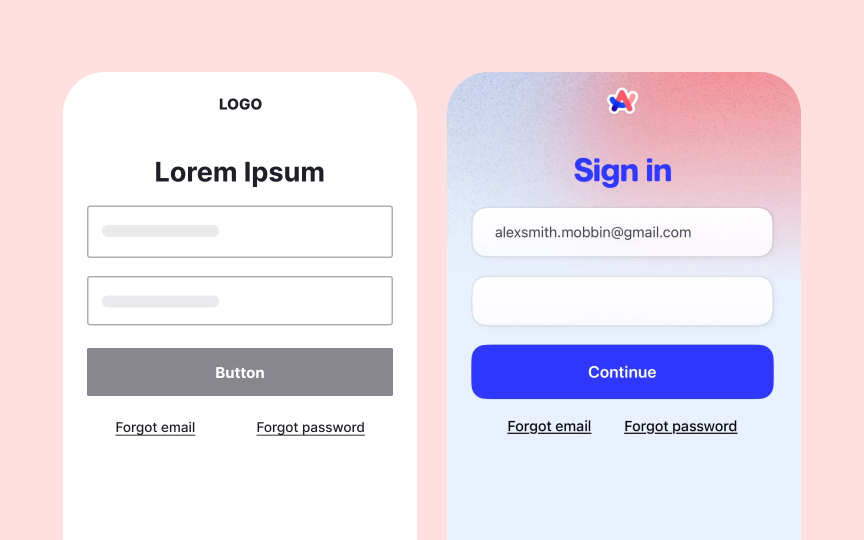Comparing prototype testing approaches
Prototype testing gives teams a safe space to examine ideas before committing to full development. The approaches vary by fidelity and purpose:
- Low-fidelity prototypes are quick sketches or wireframes that help visualize layout without details.
- High-fidelity prototypes closely resemble the final product, with clickable buttons and realistic flows.
- Live data prototypes connect to actual information, showing how the system behaves under real conditions.
- Feasibility prototypes focus on testing a single technical feature to check whether it can be built effectively.
Each approach serves a different stage. Low fidelity works best in early design discussions, while high fidelity supports usability evaluations. Live data reveals performance under realistic stress, and feasibility checks reduce technical risk. Choosing the right approach ensures that feedback aligns with the product’s maturity and avoids wasted effort on the wrong level of detail.
Tip: Match prototype fidelity to your stage. Sketch early, high-fidelity when usability is at stake.

